By FOXBusinessOpens a New Window.
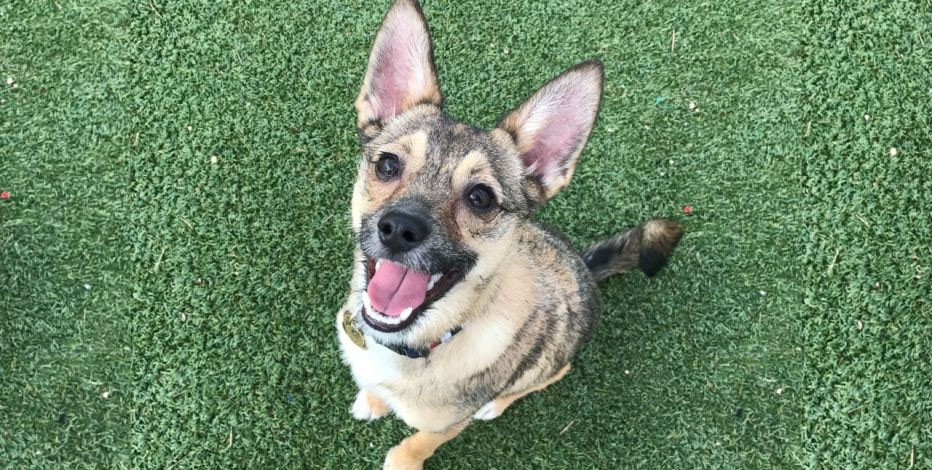 Dipper (Matt Libassi)
Dipper (Matt Libassi)
Americans’ pet addiction has been skyrocketing by the billions for nearly two decades, with early estimates saying U.S. spending statistics on pet food, gear, and vet visits could reach over $69 billion this year, according the American Pet Products Association (APPA).
And a majority of the cash—around $28.3 billion (according to 2016 numbers)— is going straight to the pet food industry. But pet owners aren’t just looking to buy any ole pet food either.
According to new research from GlobalData last month, half of all pet owners are opting for more “clean eating” options, forcing many companies to scurry to produce more and more premium food options.
Last month, supermodel Christie Brinkley told FOX Business that Nestle, who owns about 10% of the pet food market share with its Purina food brand, approached her to be a spokesperson for its new dog and cat food line formulated to help aging animals.
(CLICK HERE TO CONTINUE READING)

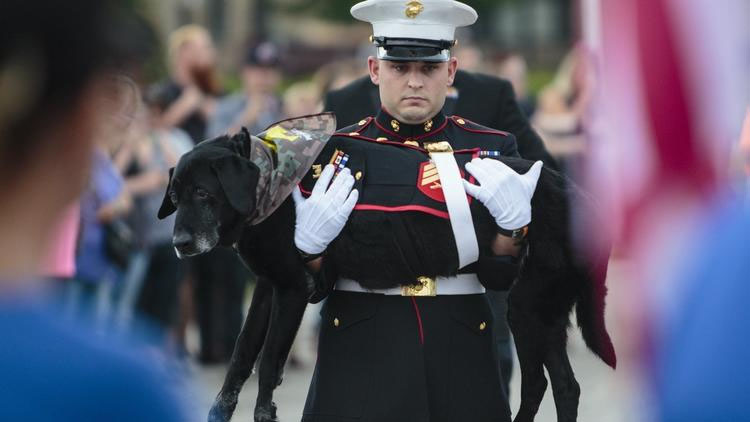
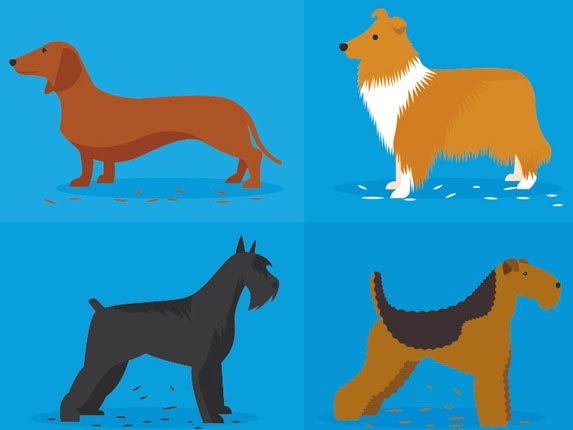



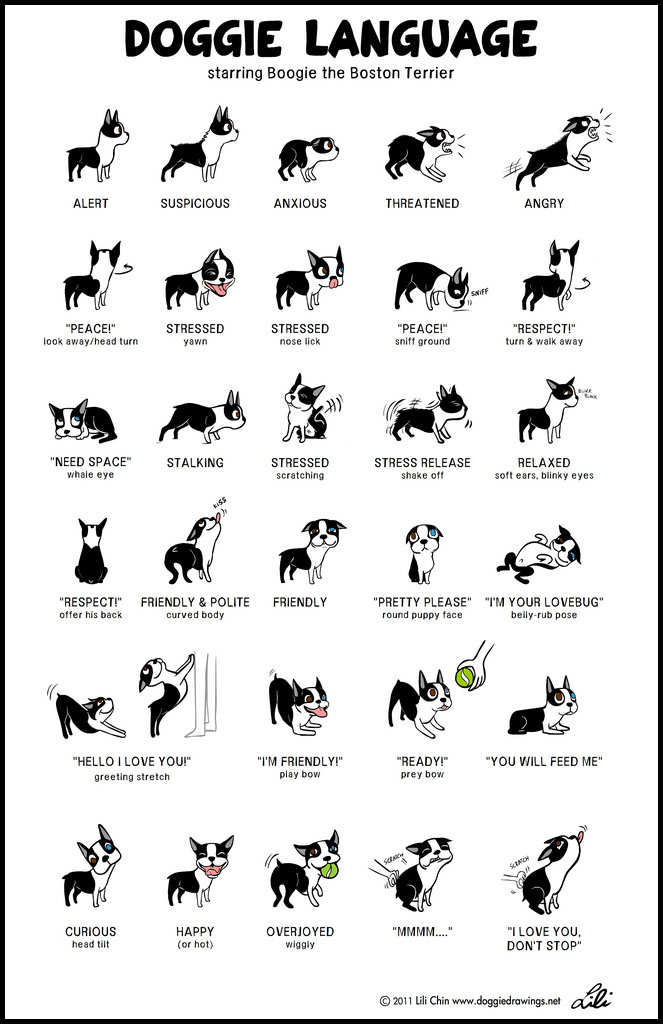
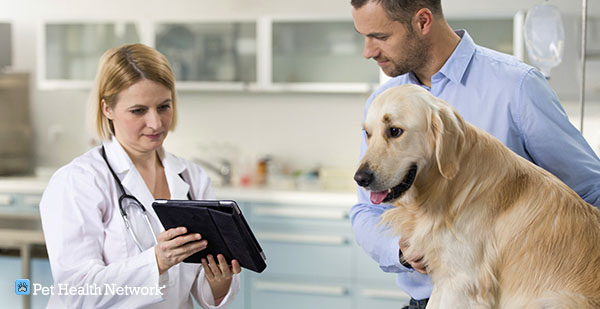
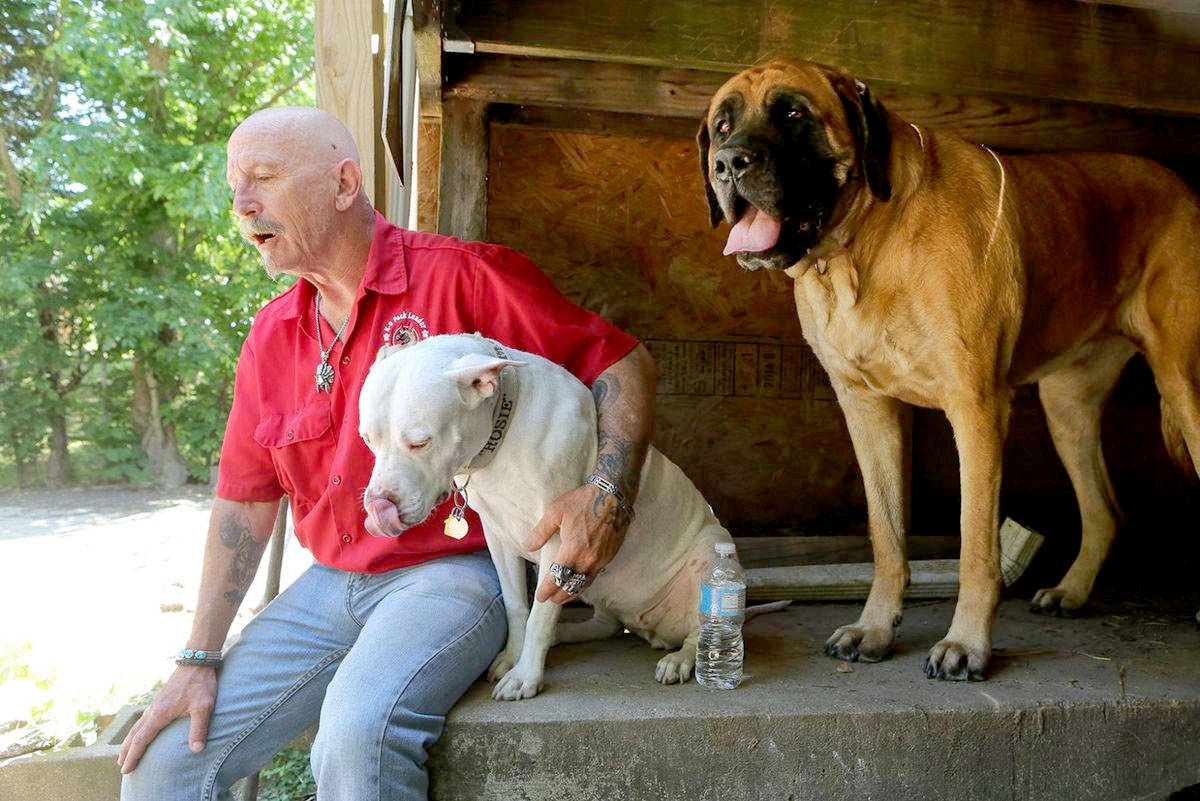
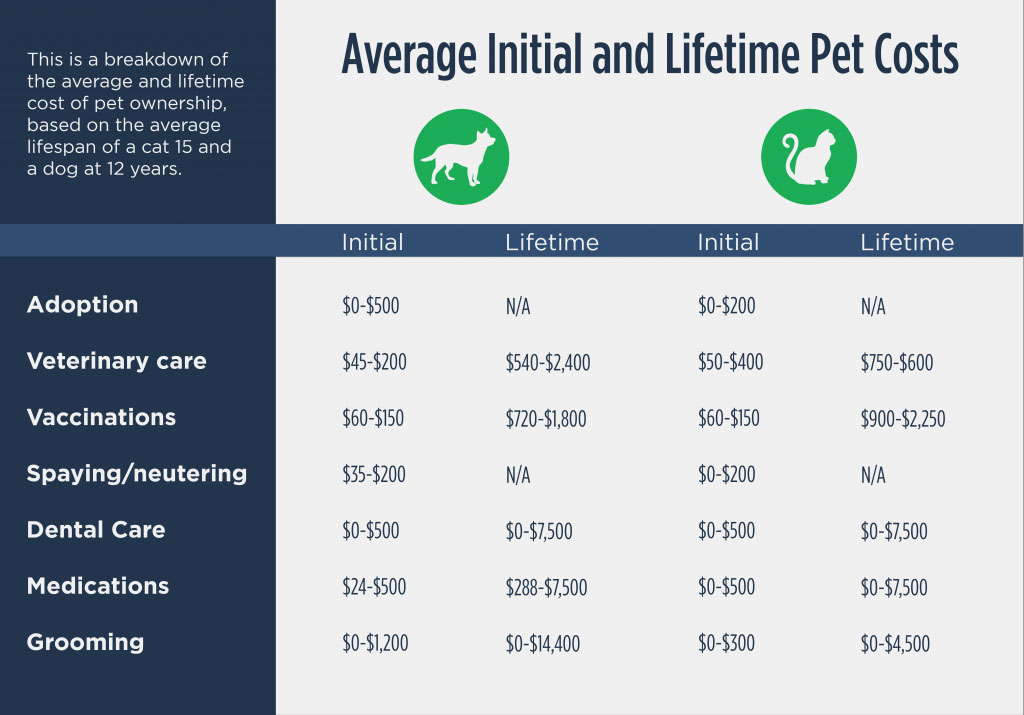 This guide examines the different costs associated with pet ownership and helps you know what to expect, how to plan for these expenses, and potential ways to reduce the financial burden of pet ownership.
This guide examines the different costs associated with pet ownership and helps you know what to expect, how to plan for these expenses, and potential ways to reduce the financial burden of pet ownership.